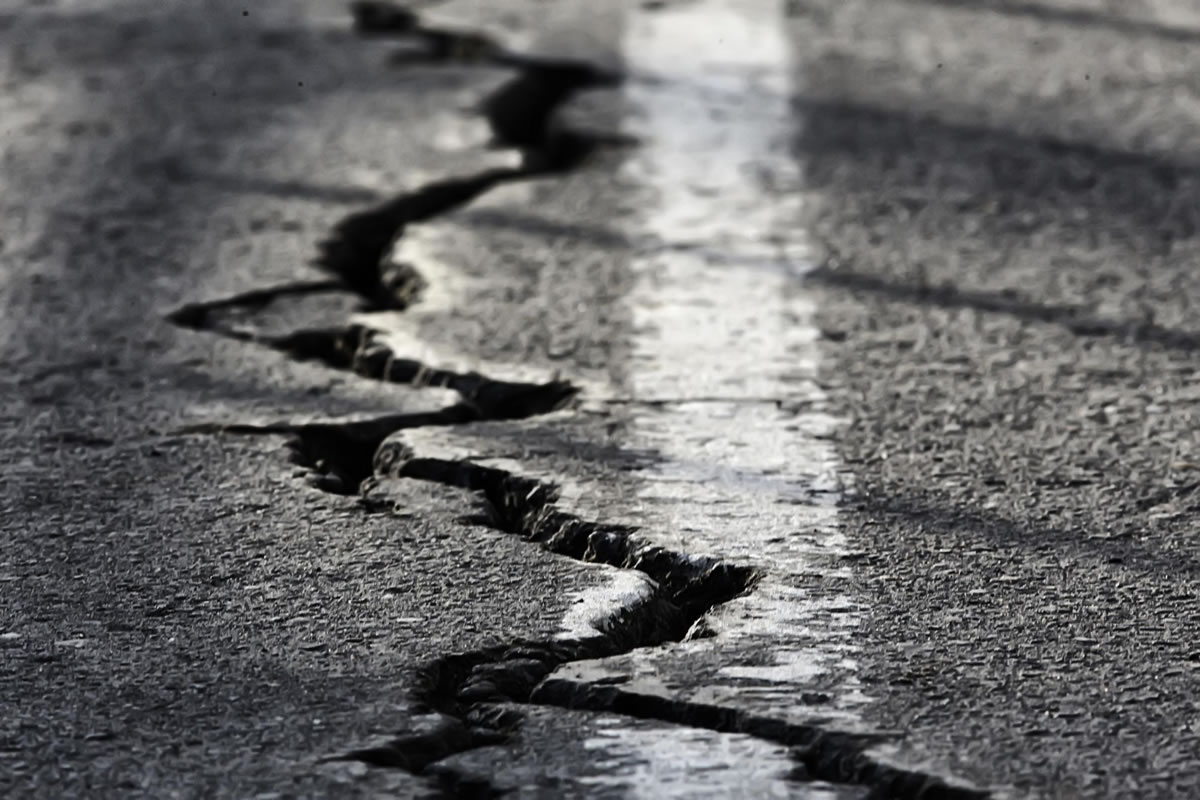
If you own an asphalt parking lot, you need to familiarize yourself with some terms used when examining asphalt damage and restoration so you are ready to preserve your parking lot. In addition, our experts on sealcoating in Sanford are confident that you can protect your investment better after studying these asphalt parking lot terms you need to know.
Sealcoating is a method of applying a new top layer of asphalt. A professional should complete this about once every two to three years, and it helps safeguard the asphalt from damage. Sealcoating also covers and fills small cracks.
If your parking lot isn't excessively damaged, but you've noticed a few slight cracks or potholes, an asphalt overlay may do a better job. During an overlay, a thin layer of asphalt covers the damages. However, the cracks will start to show again after a few years.
Oxidation is the most significant threat to your asphalt because it is a biological process that impacts every material. Oxidation transpires because of vulnerability to oxygen, which changes the material. For instance, oxidized metal gets rusty. Oxidized asphalt withers to a light gray and grows brittle as it loses flexibility. Cracks, chips, and potholes are more likely to emerge. You can't prevent oxidation, but you can restrict it with routine sealcoating.
Asphalt is asphalt cement and aggregates. The aggregates are little bits of gravel, stone, and crushed rocks, and the asphalt cement keeps them together. However, asphalt cement begins to crack when exposed to moisture or oil.
Oil, in particular, forces this breakdown to happen. If oil drips from cars and isn't addressed, it destroys the asphalt until the aggregates are loose and make an indent or pothole. In extreme cases, the oil can soften an entire section of asphalt.
Your parking lot is made of various layers, including the base. The base supports the parking lot and is made of thick aggregates that support the parking area. Unfortunately, too much weight from heavy traffic and deterioration from groundwater can cause the base to fail.
Base failure leads to depressions in the parking lot as the asphalt begins to sink. You can readily spot these when it rains because they pool with water.
There are numerous kinds of cracks that can occur in your parking lot. Alligator cracking makes many small cracks close together that look like alligator skin. They may happen because of base failure. Joint cracking occurs when an overlay expands to provoke cracking. Cracking along the perimeter of the parking lot is frequently caused by water damage.
Block cracking is comparable to alligator cracking, but the cracks are farther separated. This is usually generated as the asphalt expands and contracts in the heat or cold. Transverse cracking is a single elongated crack generated by a settling base. Finally, linear cracking is also a variety of single long crack, but it is usually driven by pavement fatigue. Call a professional if you're unsure why your asphalt has cracks.
Learn these five parking lot terms for easier future maintenance. Then contact us today for sealcoating in Sanford.